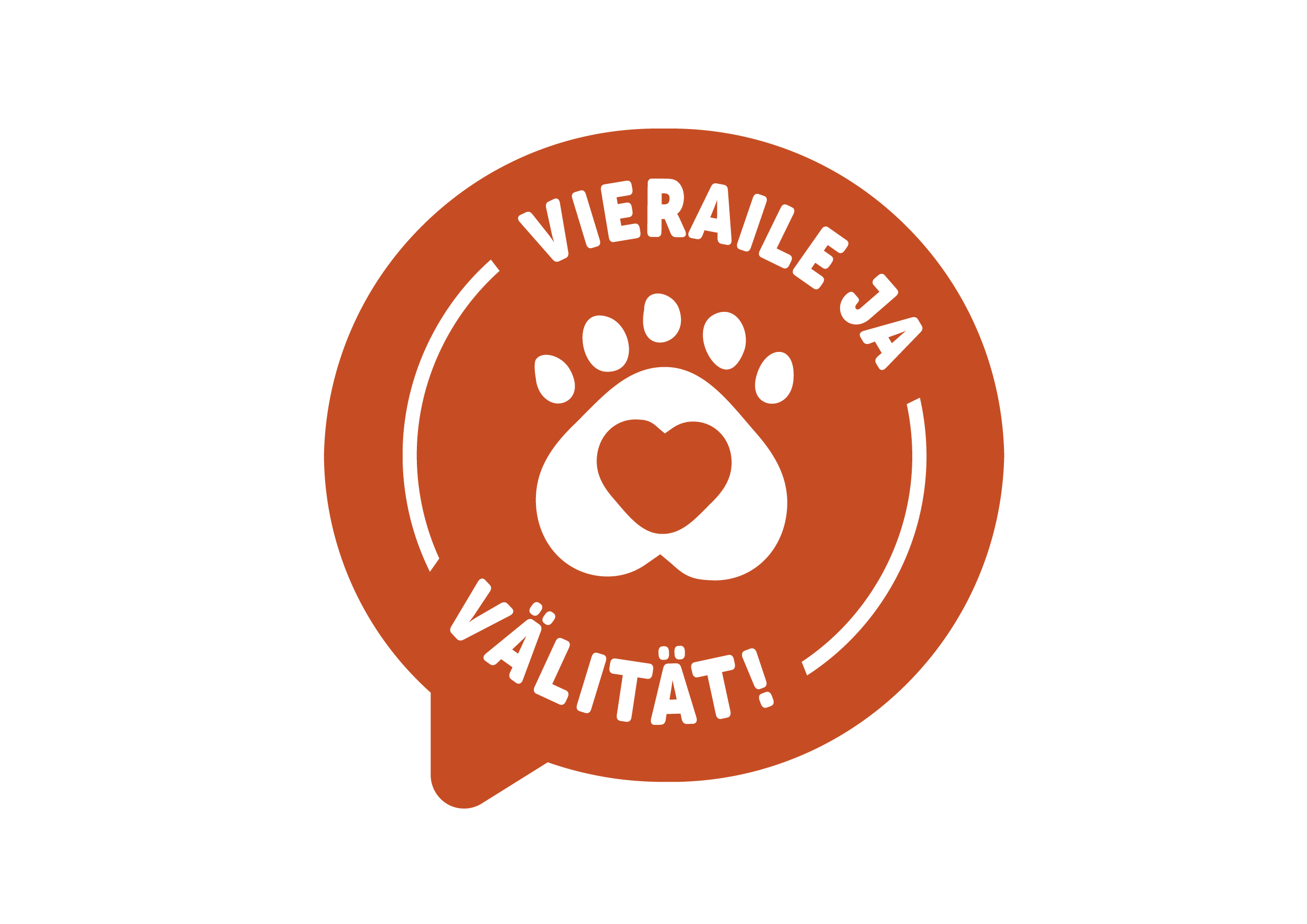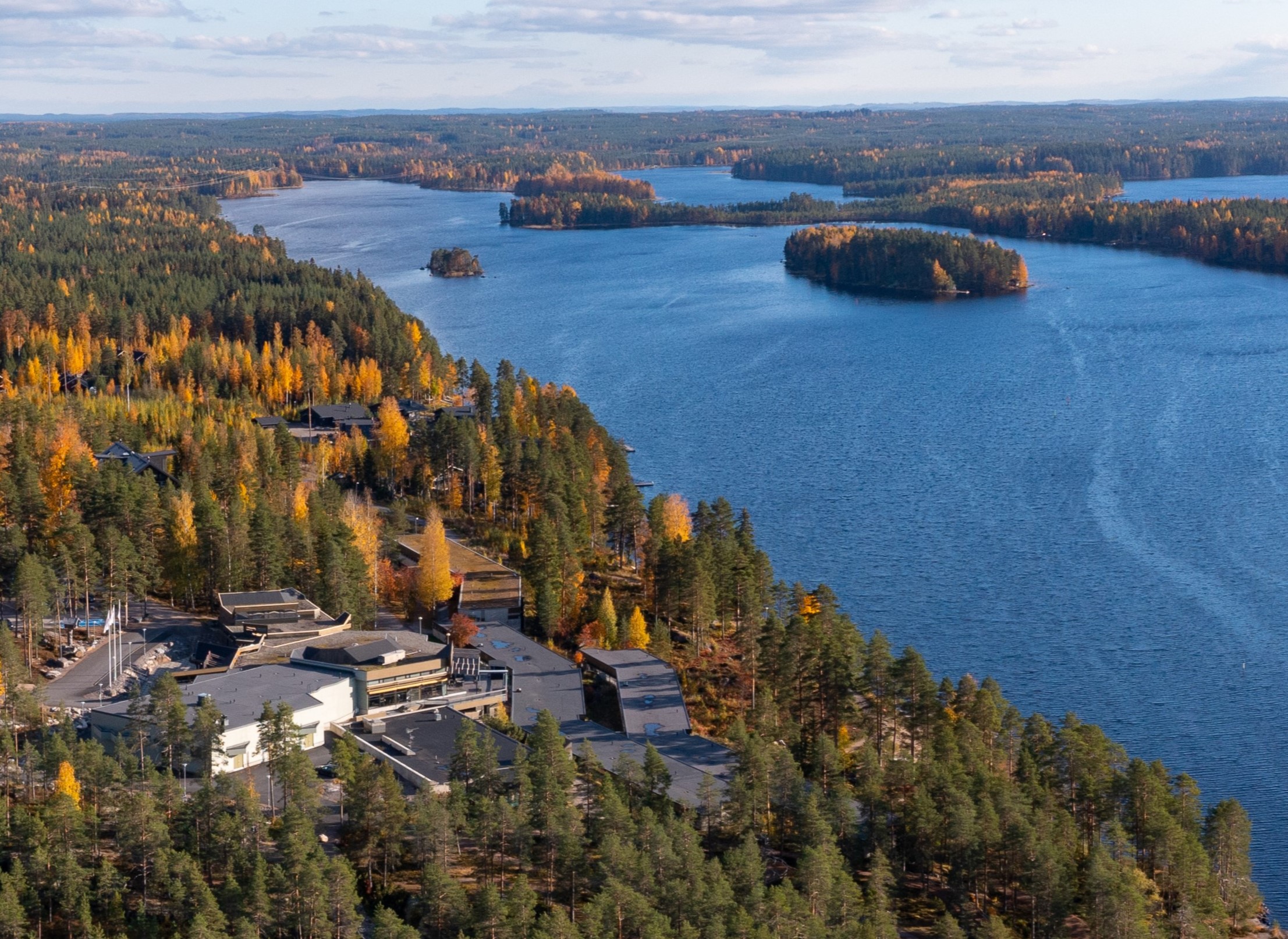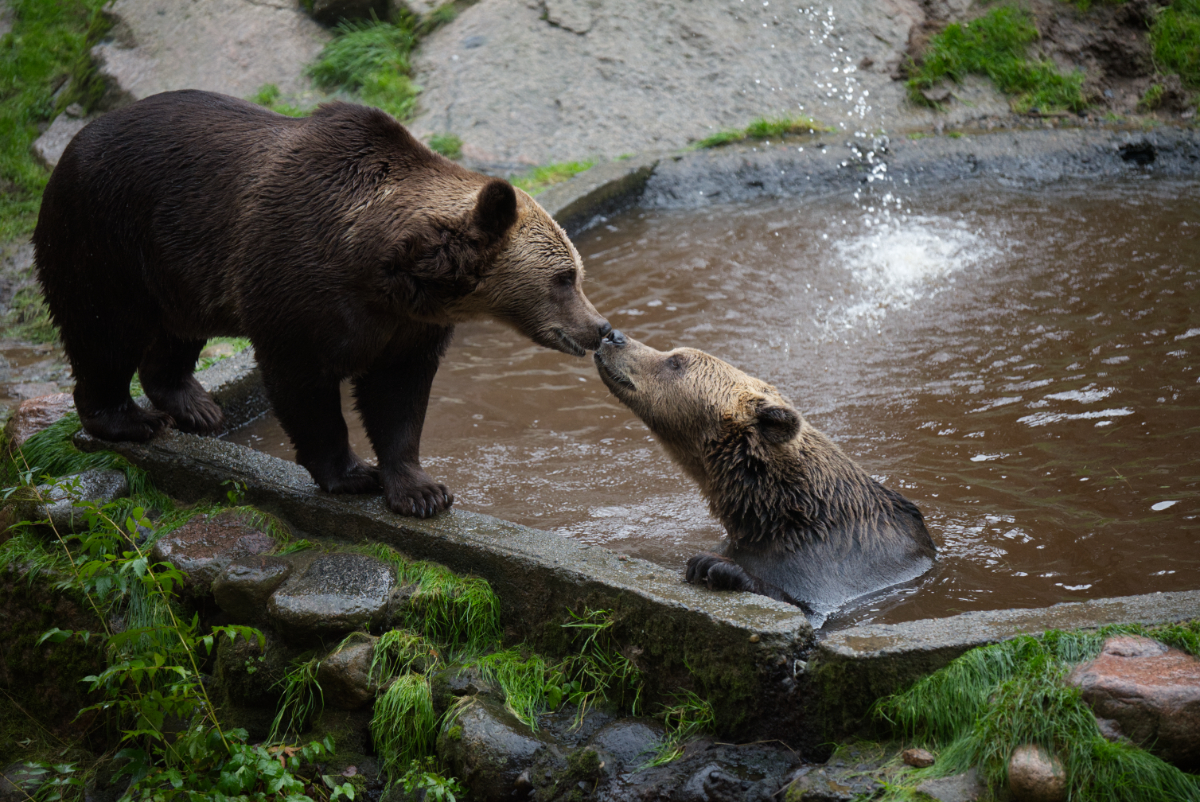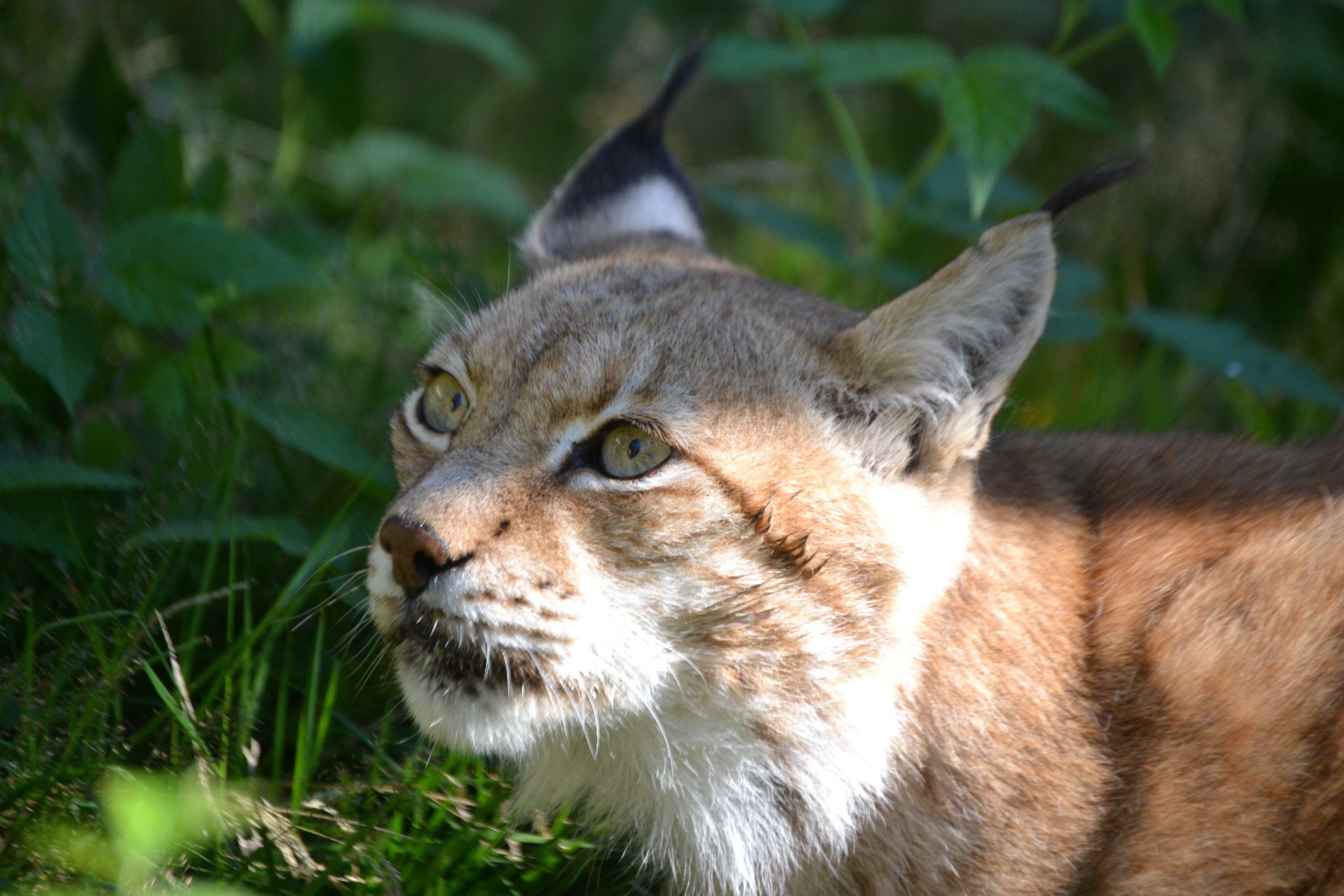Finnish animals have developed remarkable survival strategies to endure the harsh winter conditions. Native species employ various adaptations including hibernation, physical changes, and behavioural modifications to withstand freezing temperatures and food scarcity. From bears entering months-long sleep to birds growing extra insulation feathers, these survival techniques have evolved over thousands of years. The winter adaptations of Finnish wildlife represent extraordinary examples of nature’s resilience in one of Europe’s most challenging environments.
What makes Finnish winters challenging for wildlife?
Finnish winters present extreme conditions that push wildlife to their survival limits. Temperatures regularly plummet to -20°C and can reach -40°C in northern regions, creating immediate threats of freezing. Snow blankets the landscape for 3-7 months depending on the region, burying food sources and making movement energy-intensive.
The drastically reduced daylight is another significant challenge, with northern Finland experiencing the polar night—when the sun doesn’t rise at all for weeks. This darkness, combined with snow cover, makes finding food exceptionally difficult for many species.
Food scarcity becomes acute as plants go dormant, insects disappear, and water bodies freeze solid. Animals must either adapt to these conditions, find specialized winter food sources, or enter energy-conservation states to survive until spring.
How do Finnish mammals prepare for winter?
Finnish mammals begin winter preparations during late summer and autumn through strategic physiological changes. Bears, wolverines, and foxes develop a thick layer of fat that serves as both insulation and an energy reserve during the leaner months. This fat accumulation is crucial for species that remain active and those that hibernate.
Most mammals also undergo significant coat transformations, shedding their summer fur for dense, multi-layered winter coats. The lynx’s winter coat contains nearly twice as many hairs per square centimetre as its summer coat, providing exceptional insulation against freezing temperatures.
Food caching is another vital preparation strategy. Red squirrels collect and store thousands of pine cones in multiple locations, creating food reserves they’ll visit throughout winter. Similarly, foxes will store excess food under snow or soil when hunting is successful, creating natural refrigerators they can return to when food becomes scarce.
Which Finnish animals hibernate and how does it work?
Several Finnish species survive winter through hibernation or torpor states. Brown bears enter a winter sleep where their metabolic rate decreases by about 75%, heart rate slows from 40-70 beats per minute to just 8-12, and body temperature drops by several degrees. This isn’t true hibernation but a specialized adaptation that allows bears to conserve energy while still being able to wake if disturbed.
Hedgehogs enter genuine hibernation, with body temperatures dropping to near-freezing and heart rates slowing to just a few beats per minute. They prepare by building insulated nests of leaves and grass in protected locations like hollow logs or under buildings.
Bats enter torpor states where metabolism dramatically slows, allowing them to survive on fat reserves. They seek frost-free caves, abandoned buildings, or deep rock crevices where temperatures remain stable above freezing.
These deep rest states aren’t simple sleep but complex physiological processes that reduce energy requirements while maintaining just enough bodily function to survive the winter months.
How do Finnish birds survive the cold season?
Finnish birds employ two primary winter survival strategies: migration or adaptation. About 60% of Finland’s bird species migrate south, with some travelling as far as southern Africa to escape winter conditions. This epic migration requires tremendous energy expenditure but avoids the challenges of the Finnish winter entirely.
Year-round residents have evolved impressive cold-weather adaptations. The Siberian jay grows additional downy feathers, creating an insulation layer that traps body heat. Willow tits and other small birds have specialized behaviour patterns, entering sheltered tree cavities or dense evergreen branches during extreme cold and huddling together to share body heat.
The capercaillie develops a remarkable adaptation—growing special comb-like structures on its toes that effectively function as snowshoes, distributing weight and allowing easier movement across deep snow. Many resident birds also switch diets seasonally, with seed-eaters developing stronger bills for winter foraging.
Learn more about these fascinating behaviours during our guided animal feedings, where our experts explain seasonal adaptations.
What special adaptations help Finnish wildlife cope with snow and ice?
Finnish wildlife has evolved specialized physical adaptations specifically for snow and ice conditions. The lynx has exceptionally large paws relative to its body size, creating a snowshoe effect that distributes weight and prevents sinking into deep snow—giving it a hunting advantage over hoofed prey that struggle in snow.
The wolverine’s thick, oily fur provides superior insulation and resistance to frost accumulation, allowing this predator to remain active in temperatures where other mammals seek shelter. Its broad paws also function effectively on snow surfaces.
Several species including the Arctic fox and mountain hare change coat colour seasonally from brown/grey to white, providing crucial camouflage in snowy landscapes. This colour change is triggered by changing daylight hours rather than temperature, ensuring the adaptation occurs before snow arrives.
Other adaptations include the moose’s splayed hooves that function as natural snowshoes and the insulating properties of the snow itself, which many smaller mammals use to their advantage by remaining active in the insulated layer between ground and snow called the subnivean zone.
What can families learn about winter wildlife at Ähtäri Zoo?
At Ähtäri Zoo, families can observe authentic winter survival strategies of Finnish native species in their natural habitats. Our 60-hectare forest setting allows animals to display natural behaviours throughout the winter months, offering unique educational opportunities impossible in traditional zoos.
Visitors can witness the dramatic winter coat changes of species like wolves and foxes, see the reduced activity of bears preparing for winter rest, and observe how active species like wolverines and lynx navigate snowy conditions. These real-world demonstrations help children understand wildlife adaptation concepts more effectively than any textbook.
Our expert-led presentations highlight conservation challenges facing Finnish wildlife as climate change alters traditional winter patterns. Families learn how seemingly small temperature changes can significantly impact hibernation timing, migration patterns, and predator-prey relationships.
Winter visits provide memorable opportunities to discuss important ecological concepts while creating lasting family memories. After exploring the wildlife areas, families can find winter-themed souvenirs and educational materials at our zoo shop to continue the learning experience at home.
Ähtäri Zoo offers a unique opportunity to appreciate the remarkable resilience of Finnish wildlife throughout the changing seasons, combining outdoor adventure with meaningful environmental education for visitors of all ages.




